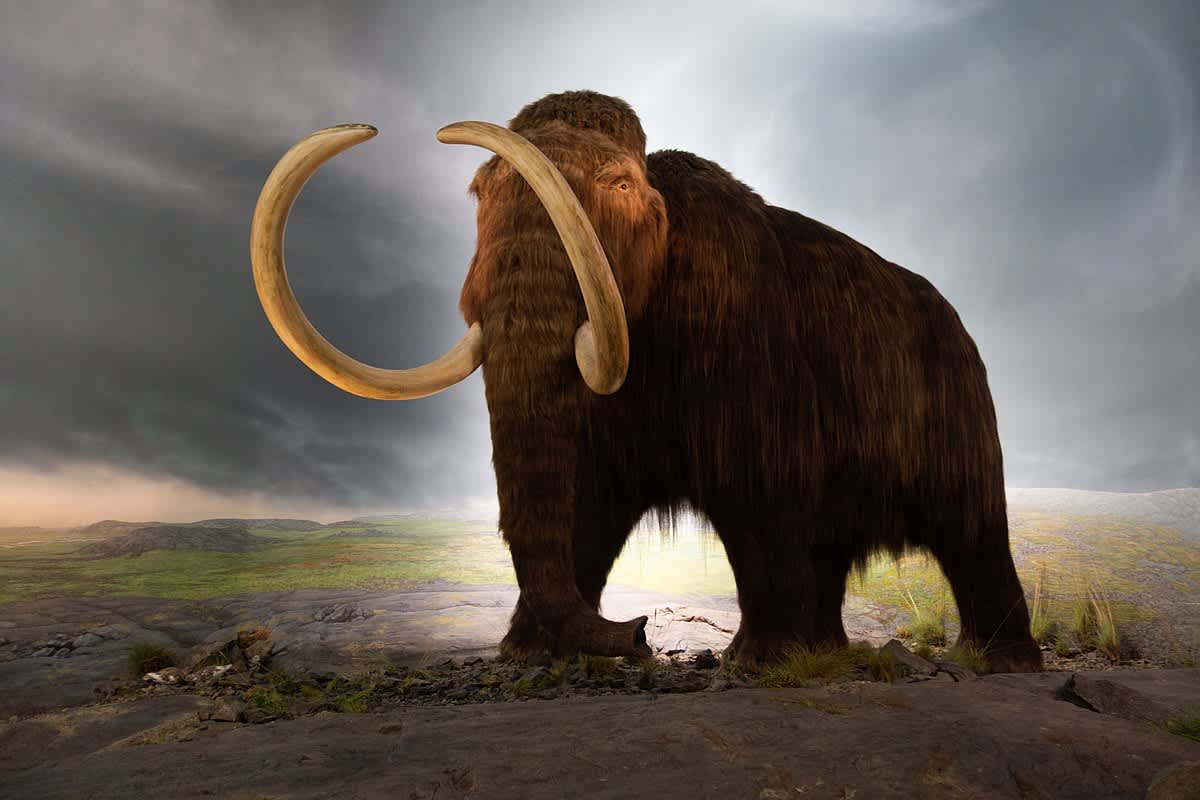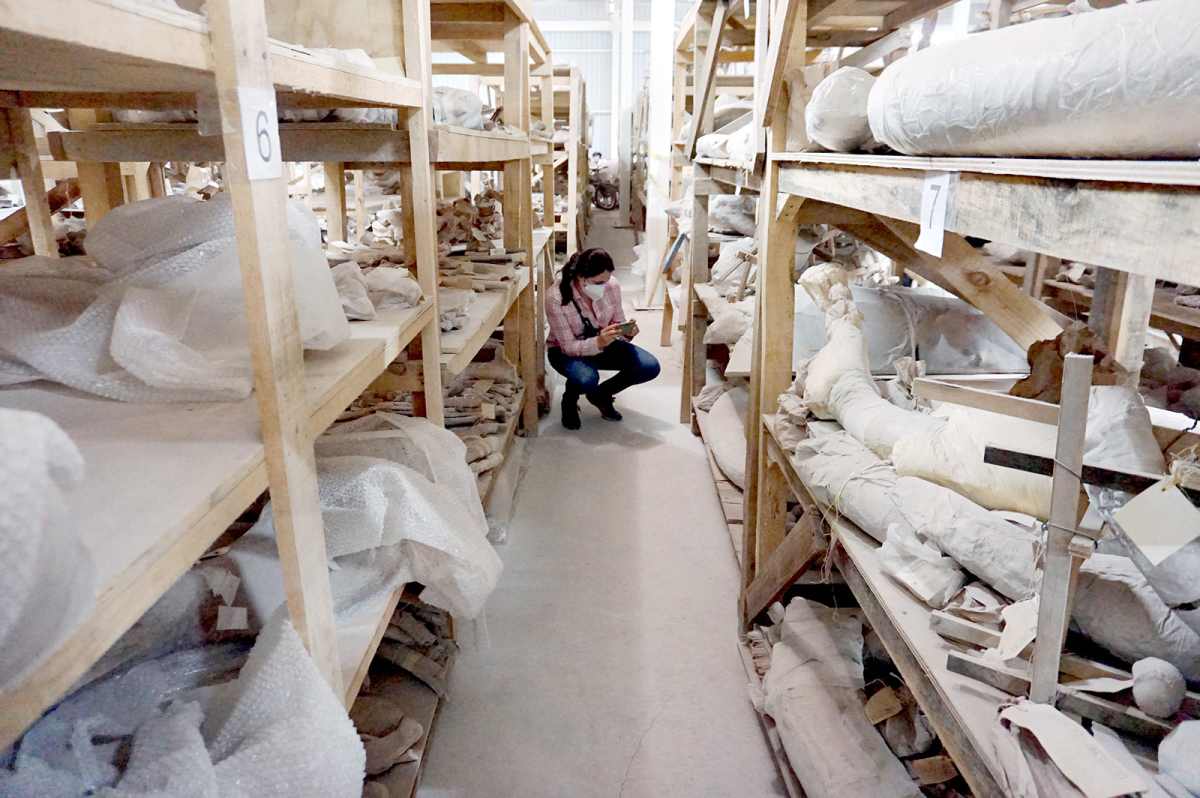Researchers analyzed 61 mammoths' mitochondrial DNA found in Mexican airport site, and unearthed new lineage

Mammoths are a symbol of a prehistoric world that is long gone. Similar to elephants, these creatures were a prominent part of Earth until the Ice Age, but then they disappeared. However, new insights about these creatures have now come from Mexico City and have been published in the journal Science. The findings were based on fossils unearthed from the northeast region of Mexico City. Further investigation revealed that the mitochondrial lineage of this group was distinct from other North American mammoths, and there was also more genetic divergence than expected. These findings reveal an unknown chapter of this creature's story on the planet.

Where Did They Find The Remains?
They discovered the remains during the construction of Felipe Ángeles International Airport at Santa Lucía, Mexico, according to Phys.org. Even before the work started, several people were opposing it, as the site housed the former Lake Xaltocan, which once exhibited a rich ecosystem of prehistoric animals. After the construction commenced in 2019, archaeologists unearthed numerous remains belonging to ancient mammoths. According to the estimates, the team uncovered around 110 individual mammoths from the site, along with the traces of many other animals.
These mammoths were determined to be somewhere between 16,000 and 11,000 years old. The possible age of mammoths made it more intriguing for experts, as past studies have claimed that mammoths in other regions of North America went into a decline during this time period. Based on evidence found at the site, researchers believe that these creatures feasted on a mix of shrubs, trees, and grasses, and this dietary flexibility allowed them to persist when others of their kind were extinct. On first glance, experts believed that the discovered mammoths must be genetically the same or similar to the Columbian mammoth (Mammuthus columbi). However, the findings suggest otherwise. These findings also involve the analysis of mammoth fossils unearthed from nearby Tultepec, between 2016 and 2019.

Findings From Past Studies
Columbian mammoths are the only mammoth species native to North and Central America; hence, past studies connected them to Santa Lucía remains. Researchers were ecstatic about the discovery, as mammoth remains from tropical regions are a rarity, according to Science. Most mammoth species are found in high-latitude landscapes such as Siberia, Alaska, or Canada. The only mammoth species known to have a tropical home is the Columbian mammoth, but the lack of remains has kept its legacy under wraps. It is hard to extract ancient DNA in the tropics because they don't survive well in the heat and humidity.
The DNA extracted from remains is the first-ever DNA extracted from tropical mammoths. Researchers focused on getting mitochondrial DNA from the inner dentine of the mammoth molars found at the site. This kind of DNA was chosen in place of nuclear DNA because it is simpler, shorter, and much more abundant. From the collection, the team sequenced 61 complete mitochondrial genomes. The study's objective was to uncover the history of Columbian mammoths, but the results revealed that these remains had no connection to it. Instead, these remains turned out to have originated from a previously unknown lineage that split from northern Columbian mammoths hundreds of thousands of years ago.
Results Of The Investigation
The DNA from mammoths showcased that these Mexican mammoths were genetically distant from Columbian mammoths and also further removed from woolly mammoths that frequented North America and Eurasia. Genetic dating indicated that this unknown lineage of Mexican mammoths separated from northern populations around 300,000 to 400,000 years ago. Therafter, the group lived in isolation and became different from Columbian mammoths in features and appearance. Researchers also observed genetic divergence in these Mexican mammoths. During their investigation, the team noted three distinct sublineages and speculated that each of these sublineages went through long periods of isolation in the grassy highlands of the Basin of Mexico.
The team believes volcanic ranges supported this isolation by serving as natural enclosures, turning each of these groups into genetic clusters. The difference between the Mexican lineage and the species found in Canada and the U.S. further suggests that some hybridization events between the woolly and steppe mammoths happened multiple times. It would explain the multiple Columbian mammoth lineages that spread across the continent. According to Love Dalén, a paleogenomicist at the Centre for Palaeogenetics in Sweden, this proves that this Mexican population was not just a mere offshoot but carried "hundreds of thousands of years of history in Mexico. It's a proud lineage." Experts think this population vanished 11,000 years ago, but have yet to determine the cause behind its extinction.